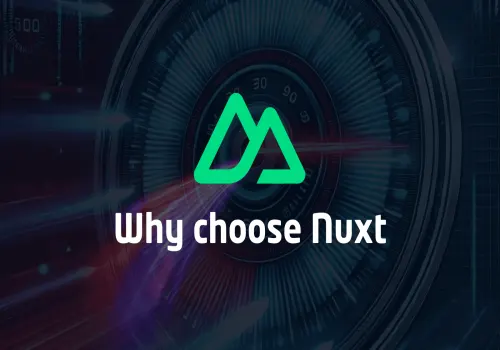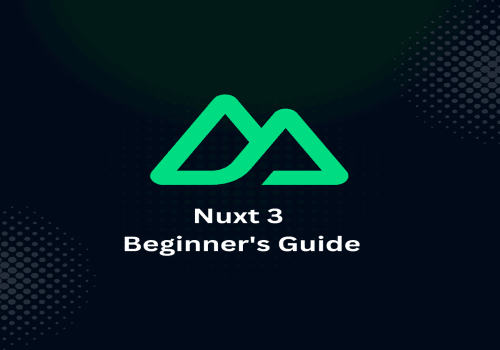Content management systems are the lifeblood of website development. Whether building a blog, eCommerce site, or web app, your choice of CMS affects performance, flexibility, and scalability. For years, traditional CMS platforms like WordPress dominated the web. However, with modern front-end technologies rising in popularity, headless CMS solutions like Strapi and Contentful are gaining increasing acceptance. So which one should you use? Let's break it down.
What is a traditional CMS?
A traditional CMS is an all-in-one solution to manage content and its presentation. Popular examples include WordPress, Joomla, and Drupal.
Features of a traditional CMS are:
- ✅ Tightly coupled architecture (content in the backend is visible on the frontend)
- ✅ User-friendly (built-in themes and plugins)
- ✅ Excellent for non-developers (WYSIWYG editors, page builders)
- ✅ SEO-friendly (built-in tools/plugins)
Limitations of a traditional CMS:
- ❌ Limited flexibility, you will often be shackled with themes and templates.
- ❌ Performance issues, installed heavy plugins, and monolithic structure will slow down the performance.
- ❌ Harder to scale, not ideally fit for multi-platform content distribution.
What is a headless CMS?
A headless CMS is one that separates the back-end content management from the front-end presentation layer. It uses an API to deliver content, allowing developers to use any front-end framework, including Vue.js, Nuxt.js, React, or Next.js. Popular headless CMS platforms include Strapi, Contentful, and Sanity.
Features of a headless CMS:
- ✅ API-driven (REST or GraphQL for flexible content delivery)
- ✅ Frontend agnostic (Responsive content deployment across any framework of tech stack: Vue, React, Svelte, etc.)
- ✅ Performance benefits from general features (light, fast content delivery).
- ✅ Easier multi-platform distribution (web, mobile, IoT, smart TVs affiliate).
- ✅ More secure (front-end vulnerabilities become less of a problem).
Limitations of a headless CMS:
- ❌More development effort-required coding skills to build the front end.
- ❌No built-in themes or templates; you have to build everything from scratch.
- ❌Requires some sort of external hosting; only WordPress'/a few CMS do offer a one-click kind of hosting solution.
Headless CMS vs Traditional CMS: A Quick Comparison
Headless CMS vs Traditional CMS: A Quick Comparison
| Feature | Traditional CMS (WordPress, Joomla) | Headless CMS (Strapi, Contentful) |
|---|---|---|
| Architecture | Monolithic (backend & frontend tied) | Decoupled (API-driven) |
| Ease of Use | Beginner-friendly, no coding required | Requires development skills |
| Flexibility | Limited to themes and plugins | Highly flexible, frontend-agnostic |
| Performance | Can be slow (heavy themes, plugins) | Optimized for speed |
| Security | More vulnerabilities due to plugins | More secure, reduced attack surface |
| Multi-Platform | Web-focused | Works with mobile apps, IoT, etc. |
| Hosting | Self-hosted or managed hosting | Requires external hosting |
| Best for | Blogs, small websites, corporate sites | Web apps, SaaS, multi-platform content |
When to use a traditional CMS?
You should choose a traditional CMS if you:
- ✅Need a simple website or blog built without much customization.
- ✅Don't have working knowledge of coding and prefer drag-and-drop editors.
- ✅Rely on plugins and pre-built themes so you can deploy quickly.
👉Example use case would be such as a personal blog, a website for a small business setup, or a content-heavy news platform.
When to use a Headless CMS?
A headless CMS is the route for you if you:
- ✅Want to build a modern and fast web app using Vue, React, or Next.js.
- ✅Need content distributed across multiple platforms (web, mobile, IoT).
- ✅Want better scalability and performance optimization.
👉Example use cases would include a blog, a SaaS dashboard, or an eCommerce store where Vue/Nuxt can be the front end and Strapi will be the backend.
In conclusion, WordPress is an excellent choice if you are not a developer or require quick website capabilities within a traditional CMS paradigm. Simple, widely supported, and easy to maintain, WordPress does meet its purpose. However, if you are a developer building modern, scalable web applications, then Headless CMS like Strapi is a better option. It offers total control over the frontend space, along with better performance and security.
FAQ
Is WordPress a headless CMS?
No, WordPress is a regular CMS; still, it can be used in headless mode through REST API or GraphQL.
Can I use Headless CMS together with Nuxt.js?
Absolutely! Nuxt.js works great with Headless CMS platforms like Strapi, Contentful, and Sanity.
What is the best Headless CMS for Vue.js?
Strapi, Sanity are excellent choices for Vue and Nuxt.js projects.
Is a headless CMS better for SEO?
It depends! Traditional CMS platforms like WordPress have built-in SEO tools, while Headless CMS has to be manually optimized for SEO, but it is doable.
Now you know the differences; it is time to choose the right CMS for your next project. If you are building a modern web app, give Headless CMS a shot!




